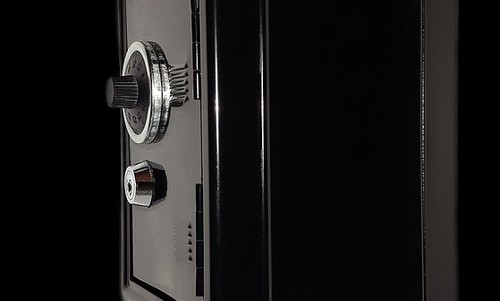The Cracking of RSA-2048 Encryption Will Come Sooner Than Had Been ThoughtThe Cracking of RSA-2048 Encryption Will Come Sooner Than Had Been Thought
Advances in both QC and QC methods will see to that.

Quantum computing (QC) has long held the promise of exceeding what is possible in conventional computing. Physicists have held that a 50 qubit QC arrangement could outperform any of today's supercomputers, according to an MIT Technology Review article.
It's just been hard to get practical results out of QCs. Qubits can represent a 0 and 1 at the same time, while classical bits can only represent one of those states. Two qubits could represent four numbers at the same time, three qubits can represent eight numbers, and nine qubits, 512 numbers simultaneously. QC's capabilities increase exponentially as the number of qubits used by the machine increases linearly.
Charles Neill at the University of California Santa Barbara and Pedram Roushan at Google say they know how quantum supremacy -- which means surpassing the limits of conventional computing with QC -- can be achieved. Their 2017 work demonstrated a proof-of-principle version of such a supremacy machine for the first time.
The key was finding out that errors do not cascade as was feared. The researchers found that the computing errors increase slowly in a way that should allow the meaningful superposition of up to 60 qubits. Since 1994 (and the discovery by Peter Shor of a quantum algorithm that outperformed its classical equivalent) QC has had a superior method to factor large numbers. This is the crucial element in the process for cracking trapdoor-based codes.
But a new paper "How to factor 2048 bit RSA integers in 8 hours using 20 million noisy qubits" brings a practical use for QC to the code breaking arena.
What they do is to implement one or more modular exponentiations efficiently, as these exponentiations dominate the overall computational cost of Shor's algorithms. This can give a 165x increase in efficiency compared to previous methods.
The currently accepted key length of RSA-style symmetric encryption is 2048. QC people have been trying to figure out how many qubits it would take to crack this kind of encryption.
In the four years since 2015, the worst-case estimate of how many qubits will be needed to factor 2048-bit RSA integers has dropped nearly two orders of magnitude; from a billion to 20 million. Additionally, the new paper thinks that instead of using 1 machine with 20 million qubits, one could use eight machines each with perhaps 4 million qubits, as long as they were connected by quantum channels with bandwidths of 150qb/s.
The QC cracking of RSA-2048 will come sooner than had been thought. Advances in both QC and QC methods will see to that.
But users of RSA-2048 (like governments) have to plan today for the cracking that will occur in the future. There is a new class of post-quantum encryption methods in development. To avoid the problem of a adversary using QC in the future to decrypt today's messages, deploying such methods on today's secrets becomes urgent.
— Larry Loeb has written for many of the last century's major "dead tree" computer magazines, having been, among other things, a consulting editor for BYTE magazine and senior editor for the launch of WebWeek.
Read more about:
Security NowAbout the Author
You May Also Like
Uncovering Threats to Your Mainframe & How to Keep Host Access Secure
Feb 13, 2025Securing the Remote Workforce
Feb 20, 2025Emerging Technologies and Their Impact on CISO Strategies
Feb 25, 2025How CISOs Navigate the Regulatory and Compliance Maze
Feb 26, 2025Where Does Outsourcing Make Sense for Your Organization?
Feb 27, 2025




